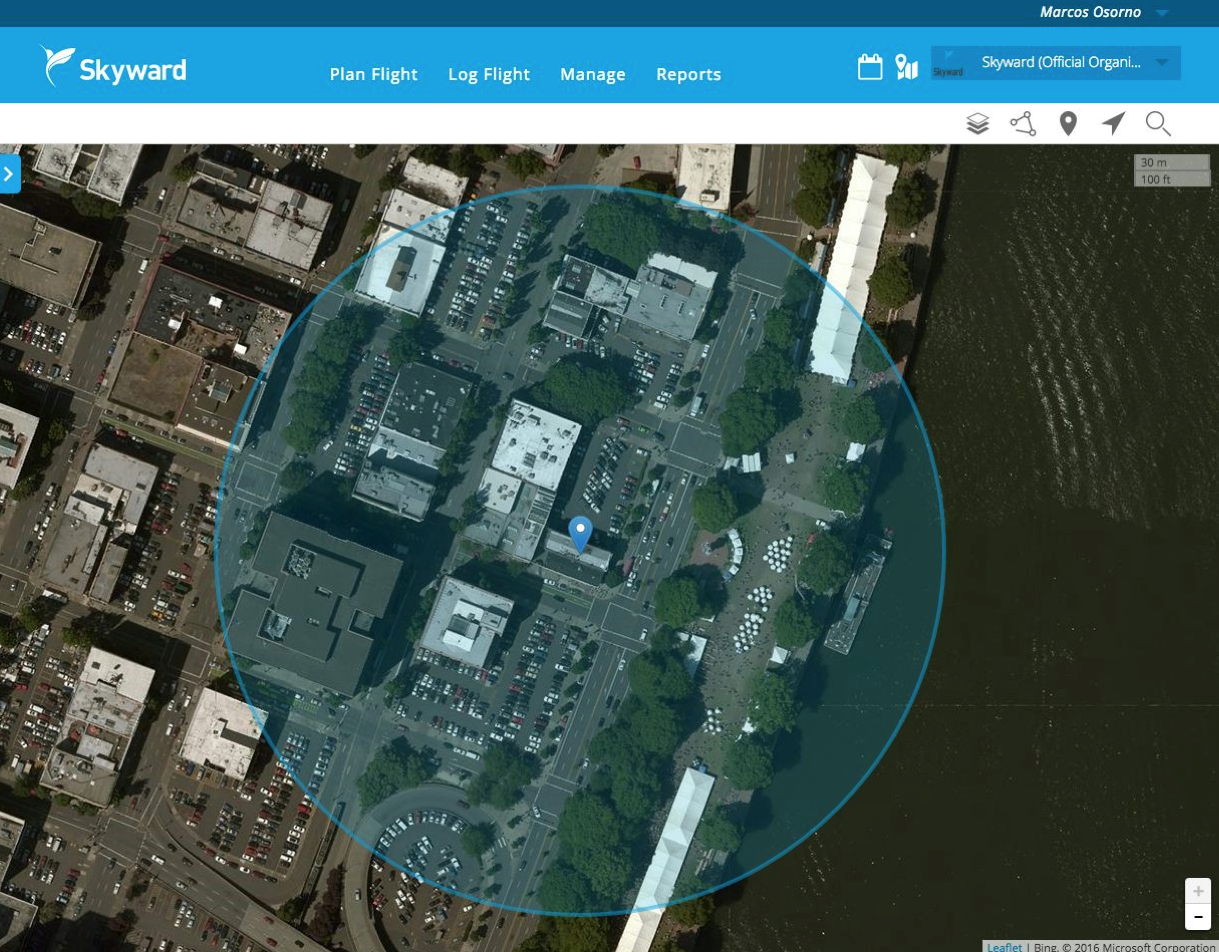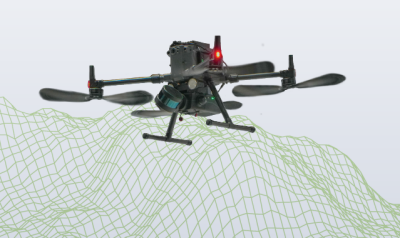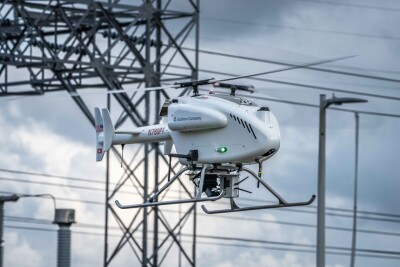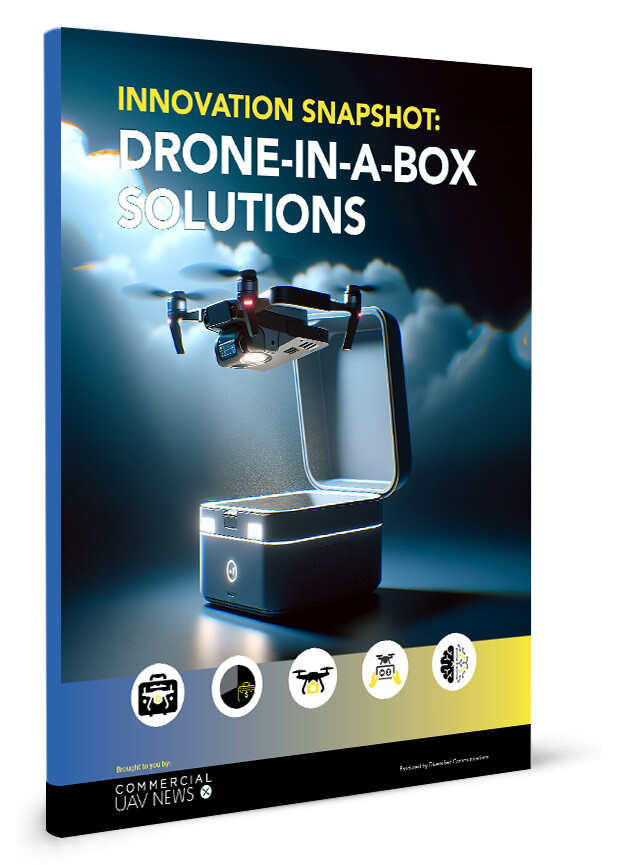Even as we’ve seen the number of 333 Exemptions granted grow to over 5,000, questions around what it means to legally fly a drone for commercial purposes remain as pervasive as ever. While that number clearly indicates more people know and understand what it takes to go through the process of pursuing a safe and legal entry into the NAS, this understanding has caused outcry around what many deem to be an unnecessarily high set of standards for legal UAV operation.
The FAA’s Small UAS Notice of Proposed Rulemaking, aka Part 107, is set to change all of that. You can
read through a summary of Major Provisions of Proposed Part 107 for yourself, but suffice to say, Part 107 will irrevocably change the threshold around what it takes to legally operate a drone for commercial purposes. That ruling is set to come out soon, but for anyone looking to get off the ground in the short term, does it make sense to wait for this to happen, or go through an arduous process around securing a 333?
That was the question Marcos Osorno, Chief Technology Officer at
Skyward, looked to answer in a recent article. Marcos concisely and intelligently broke down how the rules under Part 107 will differ from 333 exemptions, what businesses who are waiting for a 333 or for Part 107 should consider, and plenty more. You can and should
read the article for yourself, but Marcos was kind enough to run through a few quick questions with me that further explore this topic.
Jeremiah Karpowicz: I don’t know about you, but when it comes to whether or not we’ll actually get Part 107 this year, I’ve heard everything from borderline guarantees to people saying there’s no way we’ll see it anytime soon. Are you personally optimistic or pessimistic that we’ll see the final ruling this spring as FAA Administrator Michael Huerta mentioned?Marcos Osorno: The FAA has historically missed various, important Congressional deadlines by about 8 to 9 months. So, there’s good reason to be skeptical. However, the FAA has also shown it can do things relatively quickly. For example, the FAA first announced the UAS registration requirement in mid October of 2015, by late December had a digital registration system in place, and as of January 22nd had 300,000 registered UAS owners in the system. So, I’m cautiously optimistic.
As you mention in your article, the new rules are generally more permissive than the existing rules. Outside of removing the requirement of having a sportpilot’s license, which of the new rules do you feel is most significant?
The 500' buffer that would go away under Part 107
The removal of the 500-foot buffer zone opens up a lot more opportunities. Under 333 exemptions, flying can be very difficult and nearly impossible in towns or cities. To comply with your 333, you must be at least 500 feet from all persons, vessels, vehicles, and structures unless you have legal permission to operate closer than that.
So, for example, say we wanted to do an inspection of the roof at our office. Under our 333, we’d have to coordinate with every building owner, car owner, the food cart down the street, and even the owner of a boat that is moored within 500 feet of our building. Under Part 107, you simply need to make sure that you do not overfly nonparticipants or that they are appropriately protected.
Is there a specific area or service that you think will be especially impacted by Part 107?Part 107 makes it a lot easier to operate in populated areas and with a single operator. That means that roofing inspectors, bridge inspectors, insurance adjusters, and various other professionals will be able to use drones to get videos and images that in the past may have required ladders, mechanical lifts, or climbers. Drone operators will need to figure out how to make sure they aren’t overlying nonparticipants, but that’s a standard part of safe business practices regardless of if you’re putting up scaffolding to do construction or checking a roof for water damage with your drone.
As an industry, we’ve devoted a lot of time to talking about regulation, but the building of a drone business is often distinct from such concerns. Is the question of “Part 107 or 333” one that people should be asking first, or after they’ve sorted out things like strategy and operation logistics?You need to understand what the rules allow so you can determine the services you are going to offer. So, they go hand in hand. But, if you can’t run a profitable business, then you’re in real trouble.
Companies have been making money and running businesses in the US under the current rules for years. At least through 2016, I think most drone businesses are going to continue to be small to medium businesses. For example, the largest businesses such as
Talon Aerolytics and
Measure currently list 11 to 50 employees on LinkedIn. I’m certain those companies will continue to expand and a whole host of new SMBs will come into the market.
Even within large enterprises, most drone projects are still nascent pilot projects run by a handful of people. As with any small business, being successful ultimately means providing a service people want. This means that like any professional you need to be aware of the regulations that currently apply to your industry and have some awareness of what’s over the horizon, but not at the expense of providing quality products for your customers.
The FAA’s UAS
website is the best place to look for official rules.
Regardless of what happens, will Part 107 be the biggest story for the industry in 2016?I don’t think so. Or, at least only as far as Part 107 allows drone businesses to operate in more places and lowers the barrier to entry for new businesses. I think 2012 through 2015 was about the promise of drones with a lot of headline-grabbing articles about how thisor-that startup or technical innovation was going to revolutionize drones.
To me, the biggest stories in 2016 should be stories of real results told by drone operators and their customers and of a very real and emerging drone services economy. If you look at the websites and press of traditional geospatial companies, the satellites and airplanes they use are a secondary detail. While I love drones and flying myself, at the end of the day, what matters is the results you are delivering to your customers and that’s where the biggest stories are. So, I hope that the biggest stories in 2016 are about results.
Skyward put together a handy chart that details precisely how Part 107 and Section 333 Exemptions differ which you can see below, but be sure to read the full article for plenty more detail and insight about a topic that will impact the entire industry. 

















Comments